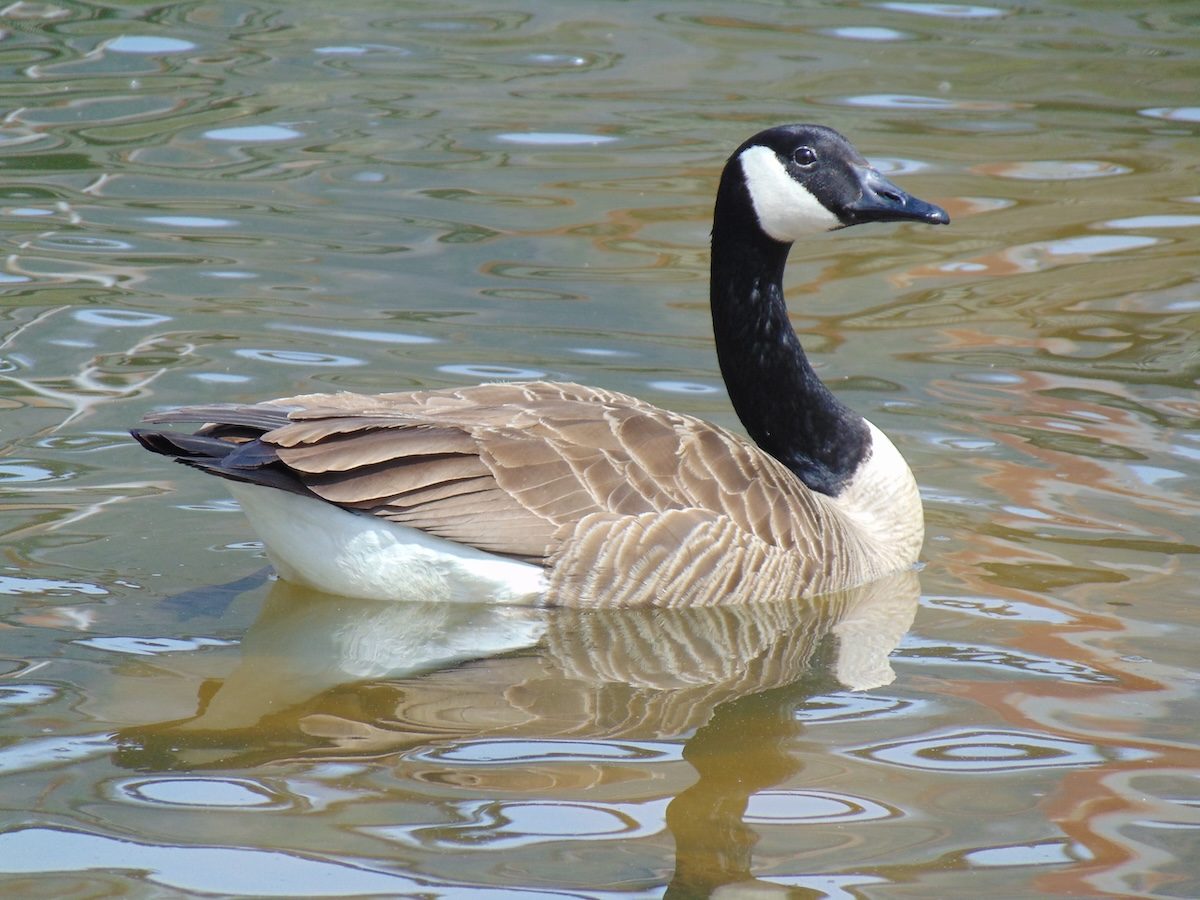If you're a birder, avian flu has likely been on your mind. Here's how to avoid bird flu, from an expert — and whether birding is still safe.

How to Avoid Bird Flu: Is Bird-watching Safe?

On This Page
Bird Flu Awareness and Risk Level

By now, you’ve likely heard news reports about highly pathogenetic avian influenza, HPAI. As a birder, you’re probably most worried about the beautiful birds whose survival the disease threatens. In addition, you might be concerned about your pets, and also wonder how to avoid catching bird flu yourself during one of the biggest annual birding events: spring migration.
If you’re taking the threat of bird flu seriously — which everyone should! — you might wonder whether it’s still safe (for both you and your feathered friends) to go out birding when unique species are soaring through your region of the country.
To get an answer, we chatted with an expert about whether birding is a high-risk activity in the context of avian influenza, and what precautions you should take.
Is It Safe to Go Birding Right Now?

Even for those with spring birding trips planned, the risk is low. Dr. Nicole Nemeth, the head of Southeastern Cooperative Wildlife Disease Study diagnostic service and an associate professor with the University of Georgia’s College of Veterinary Medicine, can put some of birders’ concerns to rest. “Let’s say you are out hiking in a natural area, or even a rural or suburban neighborhood,” she says. “You’re not really touching things. You’re not getting that close to things.”
Because the disease spreads through close contact with infected birds, observing from a distance with your binoculars isn’t likely to pose a problem. “If you’re just out in nature, I would say the risk is essentially zero,” she says. “It’s very minimal risk.”
Songbirds and other small birds contract the virus at lower rates than raptors, shorebirds, and waterfowl (ducks and geese), so exposure is less likely while you’re looking for warblers or hummingbirds.
How to Avoid Bird Flu: Reasonable Precautions

Nicole mentions that it’s still relatively low-risk to go searching for your next lifer shorebird, too.
However, because shorebirds and raptors like bald eagles are in a higher-risk category for bird flu, Nicole explains that it might be a good idea to take some extra preventative measures if you’re birding at a pond, in a wetland, or along a coastline.
Avian flu spreads through bird feces and secretions, so it’s possible you could walk through infected material. Nicole says it’s a good idea to clean and disinfect your shoes before bringing them indoors after birding. Always make sure you wash your hands thoroughly before touching your eyes, nose, or mouth.
If you are concerned about the prevalence of the virus in your area, she recommends contacting the state Department of Natural Resources.
What Should I Do If I See a Sick or Dead Bird?

If you see a bird that looks ill with possible symptoms of bird flu (convulsing or appearing dizzy or lethargic), Nicole strongly recommends keeping a distance and calling in professionals. As she mentions, even some wildlife rehabilitators won’t take in avian flu cases because they’re not equipped to safely deal with them. You almost certainly don’t have proper equipment in your garage or home.
Nicole also recommends not picking up or moving any dead birds. It’s not possible to know at a glance what the bird died from and if it was a victim of avian flu. You could be exposing yourself to the virus if you touch or try to relocate it. Stay a safe distance away and contact professionals.
“Who I would call is a state wildlife agency,” Nicole says. “They’re state-level, but a lot of them have offices around the state, and they have people who can respond. Those are the people who are best equipped.” They will be able to humanely euthanize a suffering bird or dispose of a carcass in a way that doesn’t pose a threat to humans, other birds, or wildlife.
You can also report five or more sick or dead wild birds to USDA Wildlife Services at 1-866-487-3297.
Ultimately, Nicole says of how to avoid bird flu, “[Birding] is a safe activity, but awareness is key.” Stay aware of your surroundings and exercise reasonable caution. “If you do see dead birds in an area, it’s probably a good area to vacate and look at birds somewhere else,” she says.
About the Expert
Nicole Nemeth is the head of Southeastern Cooperative Wildlife Disease Study diagnostic service and an associate professor with the University of Georgia’s College of Veterinary Medicine. Her research focus includes studying the effects of disease on wildlife, including birds, to aid conservation efforts.




















